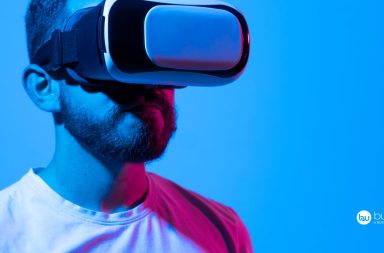In a groundbreaking leap forward, researchers worldwide are heralding a new era of precision in normative modeling, transforming our understanding of age-related changes in brain structure. The recent study, “Normative modeling of brain morphometry across the lifespan with CentileBrain: algorithm benchmarking and model optimization,” marks a pivotal milestone in the realm of neuroimaging research, offering unparalleled insights into the intricacies of brain morphology.
Published in The Lancet Digital Health, the study represents a collaborative effort among experts from diverse regions, pooling data from an extensive cohort of 37,407 healthy individuals across 87 datasets spanning the globe. Through meticulous analysis and comparison of eight distinct algorithms, researchers embarked on a quest to identify the most effective approach for normative modeling of brain morphometric data.
Multivariate fractional polynomial regression (MFPR) emerged as the standout algorithm, boasting exceptional accuracy and stability across various age groups. Researchers underscored the significance of this breakthrough, highlighting its profound implications for both research and clinical practice.
The study revealed that covariates and sample size critically determine model efficacy. Optimized MFPR models, enriched with non-linear fractional polynomials of age and linear global neuroimaging metrics, remarkably captured deviations from typical brain structural changes throughout the lifespan.
Beyond their academic implications, the study’s findings hold profound promise for diagnostic and neuropsychiatric disorder comprehension. By providing a more nuanced understanding of normative brain morphology, researchers anticipate paving the way for enhanced diagnostic precision and personalized treatment strategies in the future.
The study’s impact is poised to reverberate widely within the scientific community, catalyzing further exploration and innovation in the neuroimaging and brain research domains. As researchers continue to refine and expand these methodologies, the potential for deeper insights into the complexities of the human brain remains vast.
In summary, the groundbreaking study represents a quantum leap forward in our quest to unravel the mysteries of the brain. With its far-reaching implications and transformative potential, it sets the stage for a new era of precision medicine and neuroscientific discovery.



